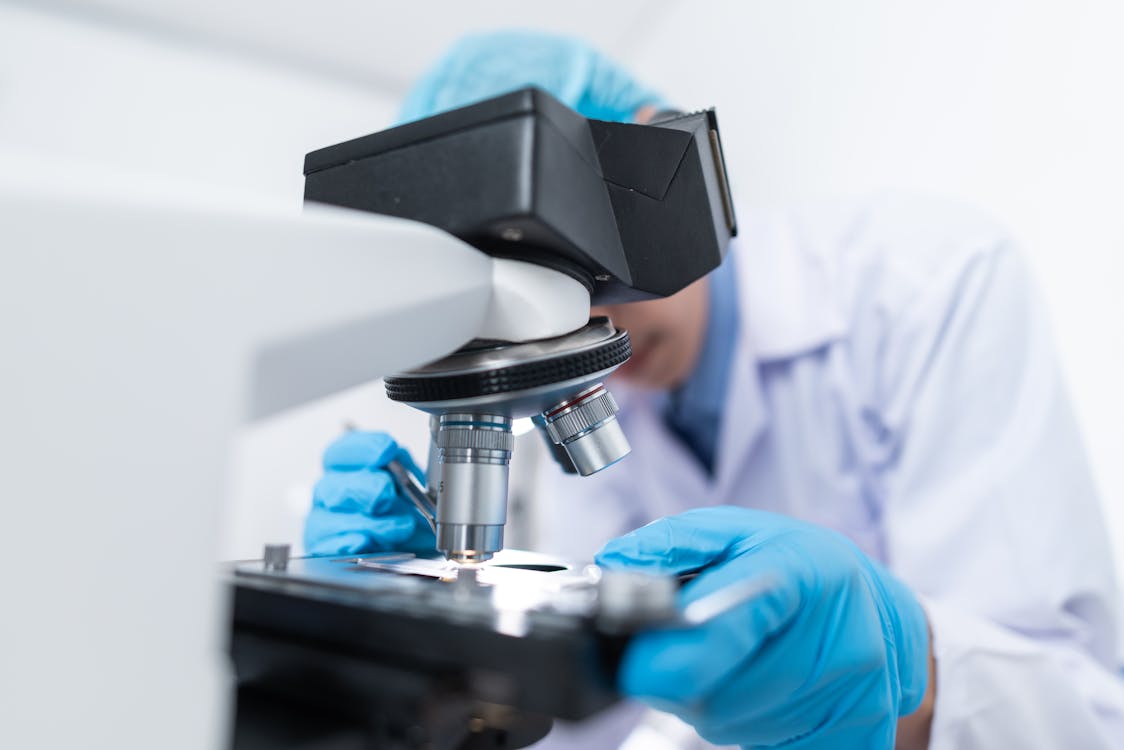How Long Do Pap Smear Results Take? A Complete Guide to the Process

Key points
- Normal Results: If the initial screening shows no cellular abnormalities, the process is straightforward and results are typically returned faster.
- Abnormal or Unclear Results: If the initial screening by a cytotechnologist reveals any ambiguous or abnormal-looking cells, the slide must be passed on to a pathologist (a doctor specializing in cell and tissue diagnosis) for a second, expert review. This essential quality-control step adds time to the process but ensures accuracy.
After your routine gynecological exam, the wait for your Pap smear test results can be a source of anxiety. Understanding the timeline, the process happening behind the scenes, and how you'll be contacted can help ease your mind. According to health authorities like the Mayo Clinic and the National Cancer Institute, the process is thorough and designed for accuracy.
This comprehensive guide breaks down everything you need to know about your Pap smear results, from the typical waiting period to what influences the timeline and what your results really mean.
Understanding the Typical Wait Time for Pap Smear Results
The most common timeframe to receive Pap smear results is between one and three weeks. While some clinics may provide results in as little as a few days, the three-week mark is a standard maximum waiting period.
| Estimated Timeframe | Common Sources |
|---|---|
| Hours to a Few Days | UPMC |
| 4 to 5 Days | Shelnutt Gynecology |
| A Few Days to a Week | University of Utah Health |
| 1 to 3 Weeks | Medical News Today, CDC, Cleveland Clinic |
If you haven't heard back from your provider after three weeks, it is perfectly reasonable to call their office for an update.
What Factors Influence How Long Pap Smear Results Take?
The variation in wait times isn't arbitrary. Several key factors can affect how quickly you get your results back.
The Laboratory's Workflow and Workload
Your cervical cell sample is sent to a specialized laboratory for analysis. The turnaround time can be influenced by the lab's current volume of tests, staffing levels, and the physical distance the sample has to travel.
The Complexity of Your Results (Normal vs. Abnormal)
This is one of the most significant factors.
- Normal Results: If the initial screening shows no cellular abnormalities, the process is straightforward and results are typically returned faster.
- Abnormal or Unclear Results: If the initial screening by a cytotechnologist reveals any ambiguous or abnormal-looking cells, the slide must be passed on to a pathologist (a doctor specializing in cell and tissue diagnosis) for a second, expert review. This essential quality-control step adds time to the process but ensures accuracy.
Communication Methods of Your Healthcare Provider
How your clinic communicates results also plays a role.
- Online Patient Portals: Many healthcare systems use portals like MyChart, which can provide you with access to your results as soon as they are finalized.
- Phone Calls: Often reserved for abnormal results that require a conversation about next steps.
- Mail: A traditional but slower method, which can add several days to your wait.
The meticulous process of examining cells under a microscope is a key reason for the wait time. Photo by Polina Tankilevitch on Pexels.
The Journey of Your Pap Smear: A Step-by-Step Look Inside the Lab
The one-to-three-week wait is not idle time. Your sample goes through a meticulous journey to ensure the highest level of accuracy. The most common method used today is Liquid-Based Cytology (LBC).
- Step 1: Sample Collection and Transportation: Your provider uses a small brush to collect cells from your cervix and places the sample into a vial with a liquid preservative. This vial is then securely transported to a laboratory.
- Step 2: Laboratory Processing and Slide Preparation: At the lab, the vial is logged and placed into an automated machine. This machine separates the cervical cells from mucus and other debris, then deposits a thin, even layer of cells onto a glass slide. This LBC method provides a clearer sample than a conventional smear.
- Step 3: Staining and Microscopic Analysis: The slide is treated with a series of dyes called the Papanicolaou stain, which highlights different parts of the cells. A trained cytotechnologist then carefully examines the entire slide under a microscope, looking for any abnormalities in cell size, shape, or appearance.
- Step 4: Pathologist Review and Final Reporting: If the cytotechnologist finds anything unusual, the slide is given to a pathologist for a final diagnosis. Once complete, a detailed report is created and sent securely back to your healthcare provider.
How Will I Receive My Pap Smear Results?
The method of notification often depends on the result itself.
The Difference in Notification for Normal vs. Abnormal Results
A crucial but less-discussed aspect of the process is how the nature of your results impacts communication.
- For Normal Results: You will most likely be notified through a passive method. This could be an update in your online patient portal or a letter in the mail confirming that your results were normal and indicating when you should schedule your next screening.
- For Abnormal Results: Healthcare providers typically take a more direct and urgent approach. You will likely receive a phone call from a nurse or your doctor. This proactive method allows them to explain the findings, schedule a follow-up appointment, and answer your questions immediately, which can help reduce anxiety. As one practice noted, clinically significant results are often communicated within 48 hours of the doctor receiving the report.
Understanding Your Pap Smear Results
Receiving your results can be confusing. Here’s a simple breakdown of what they could mean.
Normal (Negative) Results
This is the most common outcome. It means no abnormal or cancerous cells were found on your cervix. Your provider will recommend you continue with routine screening at the recommended interval (typically every three to five years, depending on your age and history).
Unclear or Unsatisfactory Results
Sometimes a sample doesn't have enough cells, or the cells are obscured by mucus or blood. This doesn't indicate a problem, but it does mean you will need to repeat the test.
Abnormal (Positive) Results
First and foremost, an abnormal result does not mean you have cancer. It means some cell changes were detected. The vast majority of abnormal results are caused by non-cancerous issues, such as:
- Human papillomavirus (HPV), a common STI
- Other infections, like yeast or bacteria
- Inflammation
- Hormonal changes, especially related to menopause
Your doctor will explain the specific type of abnormal cells found (e.g., ASC-US, LSIL, HSIL) and determine the next steps.
An infographic explaining the different types of Pap smear results, from normal to various grades of abnormality.
Understanding the spectrum of Pap smear results can help demystify the report from your doctor. Image Source: Ask Hematologist
What to Do While You Wait (And What Comes Next)
The waiting period can be challenging, but there is a clear protocol to follow.
When Should I Follow Up?
If it has been more than three weeks since your test and you still haven't received your results, don't hesitate to call your doctor's office. It's possible the results are in but haven't been communicated yet, or there could have been a delay.
What Happens After an Abnormal Result?
If your result is abnormal, your provider will recommend a clear plan. Depending on the level of cellular changes, next steps may include:
- Watchful Waiting: For very minor changes, your doctor may suggest a repeat Pap and/or HPV test in one year to see if the cells return to normal on their own.
- Colposcopy: For more significant changes, your doctor will use a special magnifying instrument called a colposcope to look at your cervix more closely.
- Biopsy: During a colposcopy, a tiny sample of tissue might be taken for further analysis if any areas look suspicious.
These follow-up procedures are crucial for preventing cervical cancer by catching and treating precancerous cells early.

About the author
Sofia Rossi, MD, is a board-certified obstetrician-gynecologist with over 15 years of experience in high-risk pregnancies and reproductive health. She is a clinical professor at a top New York medical school and an attending physician at a university hospital.